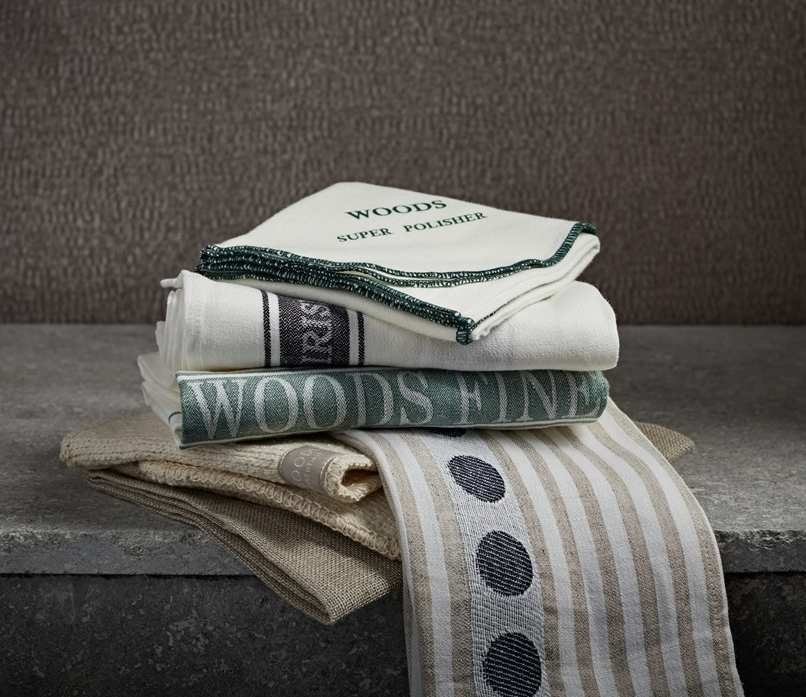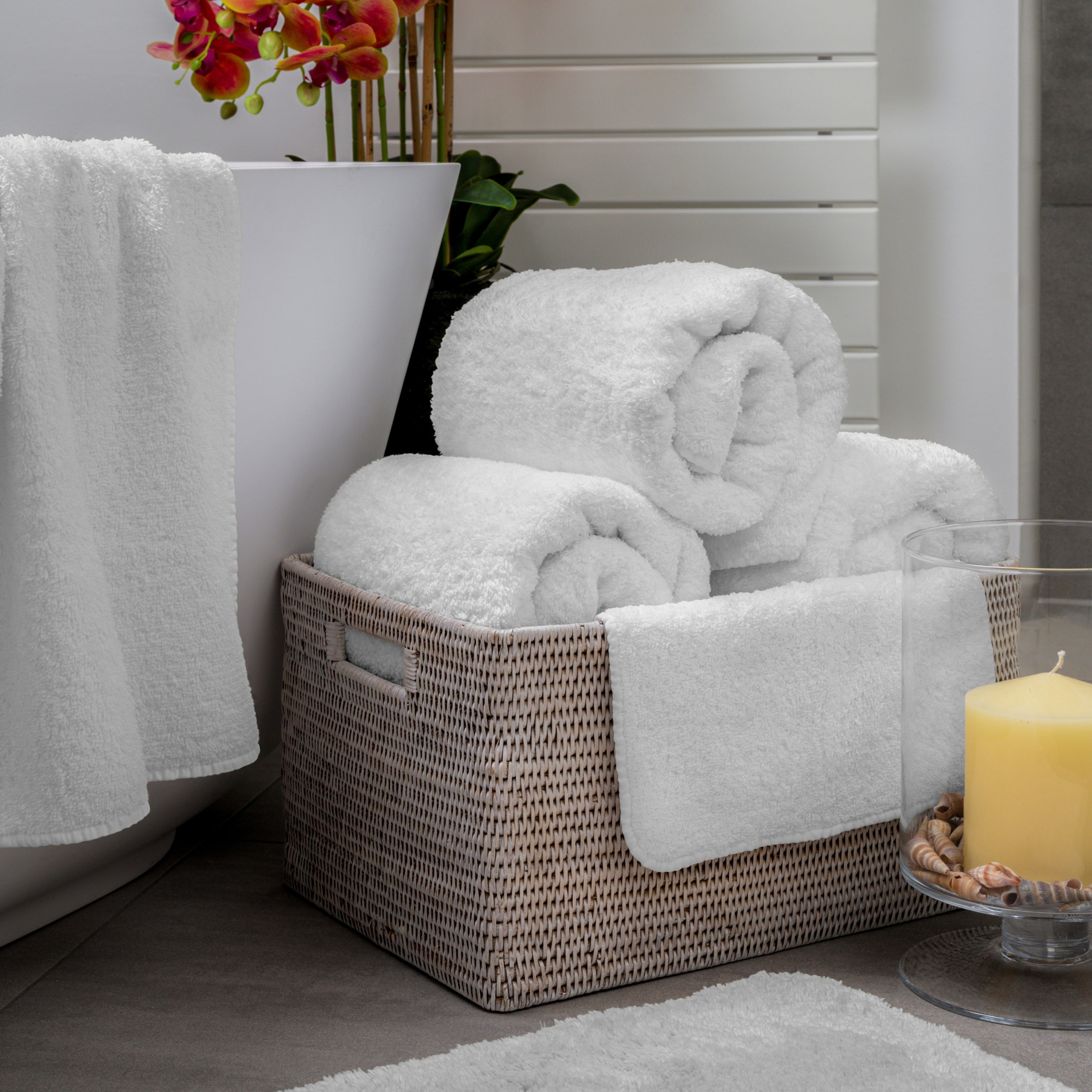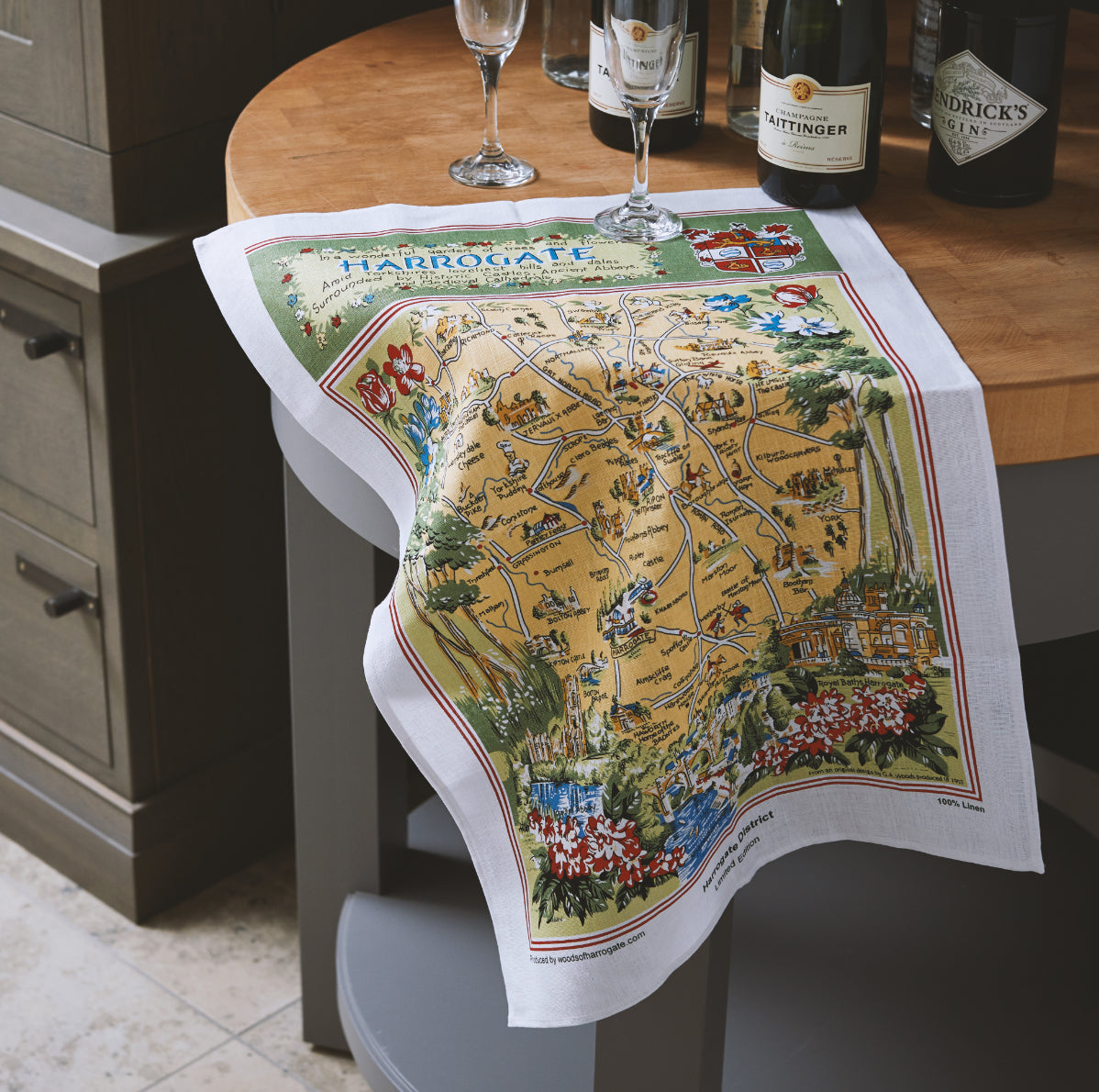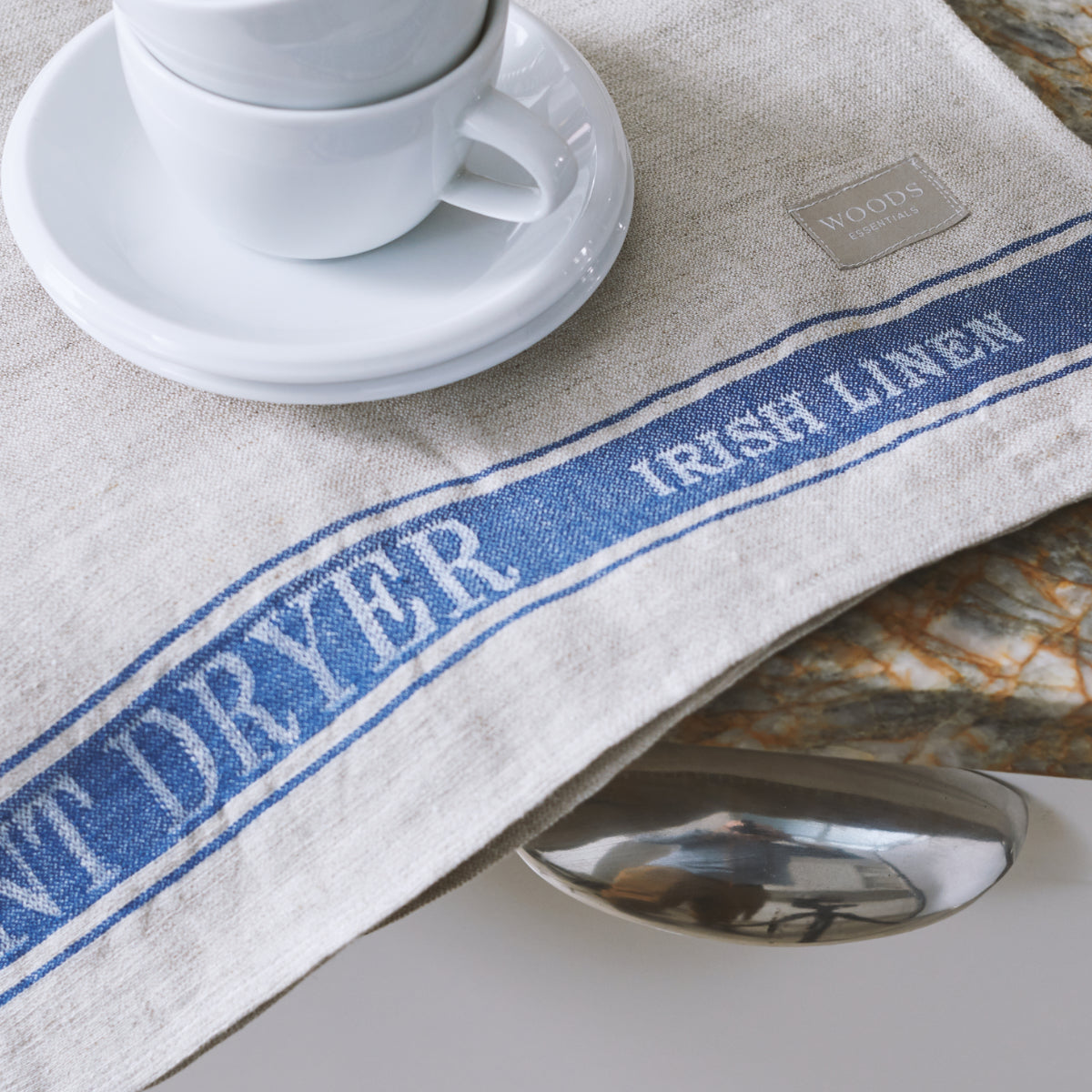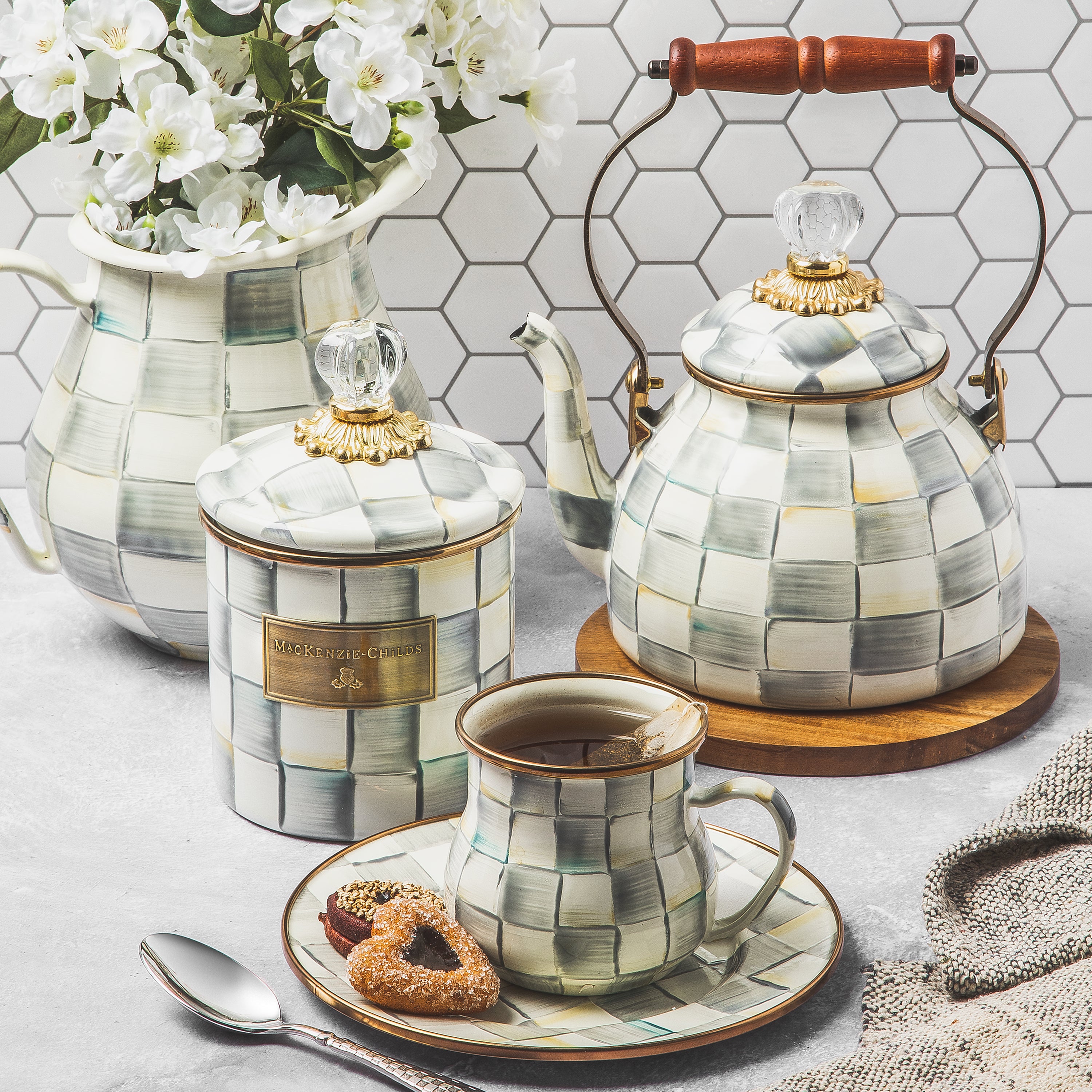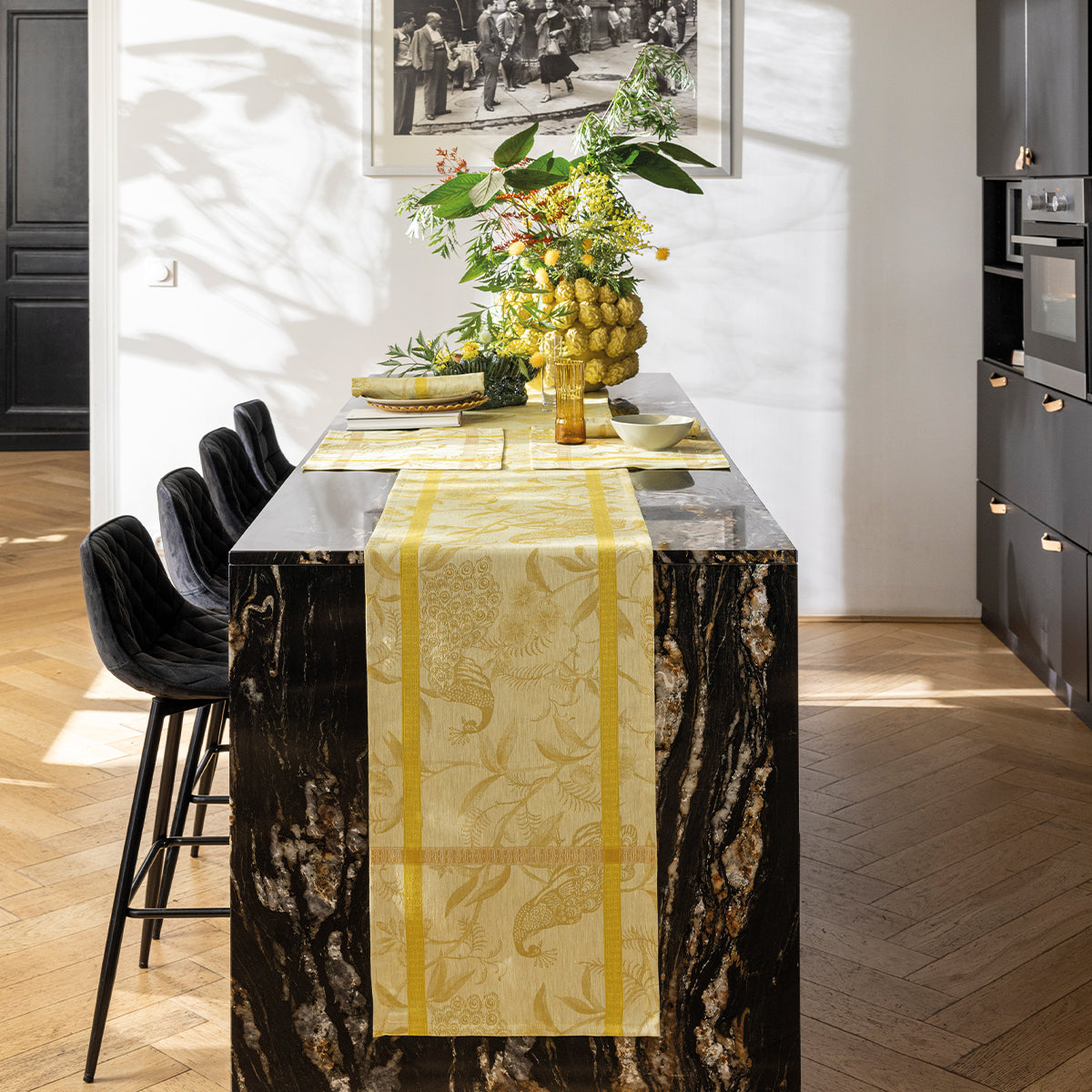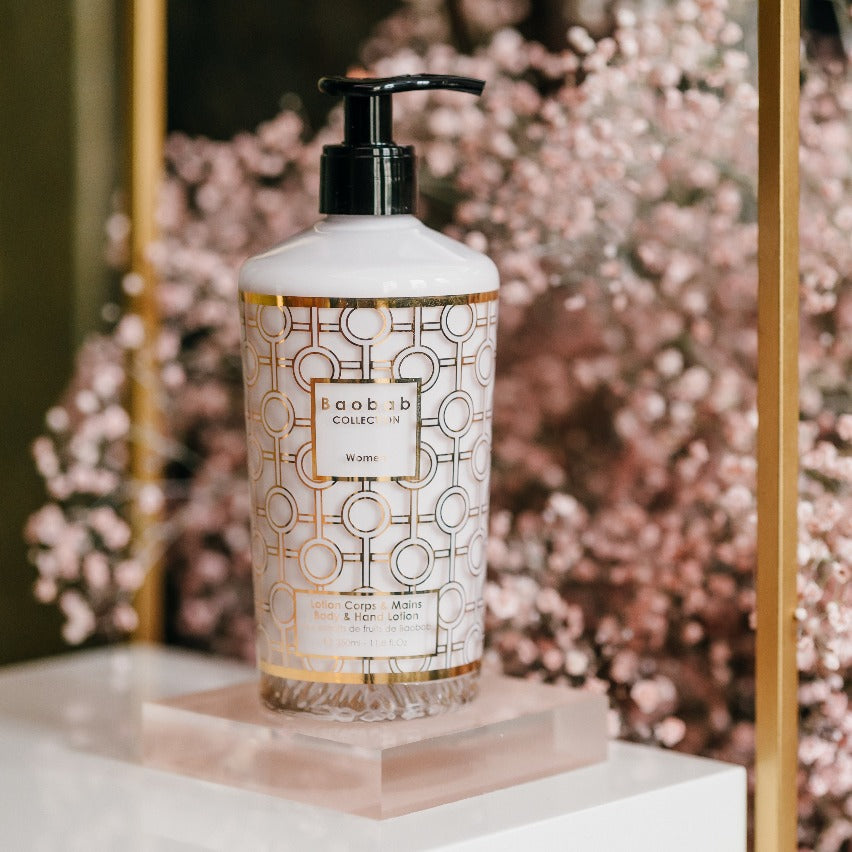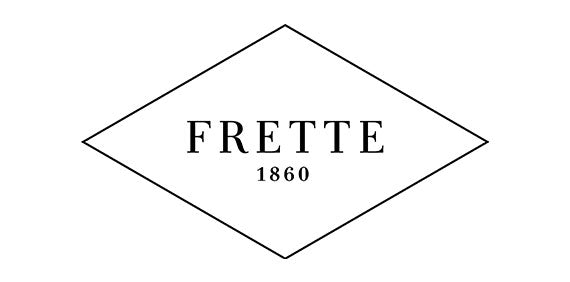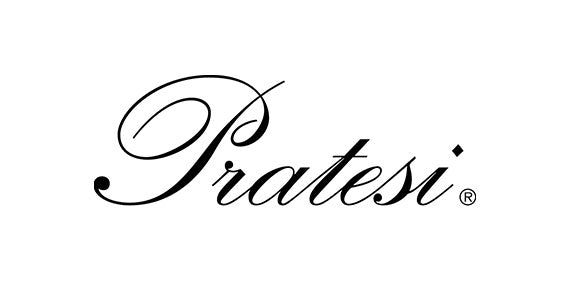Blended fabrics can be washed in water as long you stick to the method stated for the most delicate fibre according to the following list:
- Cotton
- Linen
- Silk
- Wool
Any fabrics with more than three fibres should be dry-cleaned.
LUXURY LINEN SHRINKAGE
All natural fabrics shrink after they have been washed in water. This can vary from four to ten percent depending on the fibre and the water temperature. The colder the water the less the shrinkage and the less the potential harm to your luxury linen. Certain luxury linens allow for normal shrinkage. The most susceptible fibre for shrinkage is Wool.
LUXURY LINEN ARTICLE SORTING
It is always recommended to sort your linens by the different fibres (cotton, linen, wool, silk), colours (whites, light colours and dark colours) and also by the type (towels, sheets and tablecloths for example). Avoid including synthetic fibres and any articles that can damage your luxury linens with any metal parts such as zippers.
Washing in the Washing Machine
Any article with lace or embroidering is very delicate and should be enclosed large thin pillowcase or cotton bag.
The washing machine must be good working order and be capable of operating at the required temperatures and the desired washing cycles:
Whites: 50°/60°C
Colours: 30°/40°C
Delicate Fabrics: Cold water /30°C
Cold final rinse
PRE-SOAKING
When the wash cycle is completed the laundry should be removed immediately and shaken to minimise wrinkles. The washer drum should never be completely filled.
TEMPERATURES
It is always best to use the lowest possible temperature.
The washing cycle should be selected using these guide lines:
Cotton and Linen: Whites at 60°C Colours at 40°C. These are the maximum temperatures and if they are lightly soiled then use 40°C for whites and 30°C for colours. For a more intense or cleaner wash then pre-soak the laundry instead of increasing the temperature of the water. Remember to use maximum temperatures only on the hardest to clean items.
FIRST WASHING
Any household linen should be washed prior to using for the first time as fabrics do not come already washed. The first wash is extremely important as this will determine the future beauty of the fabric. The articles must not be folded when they are loaded into the machine. The articles should be pre-soaked in cold water with a small amount of detergent. The washing machine should then be run at a low temperature again with a small amount of detergent. The final rinse should be in cold water.



